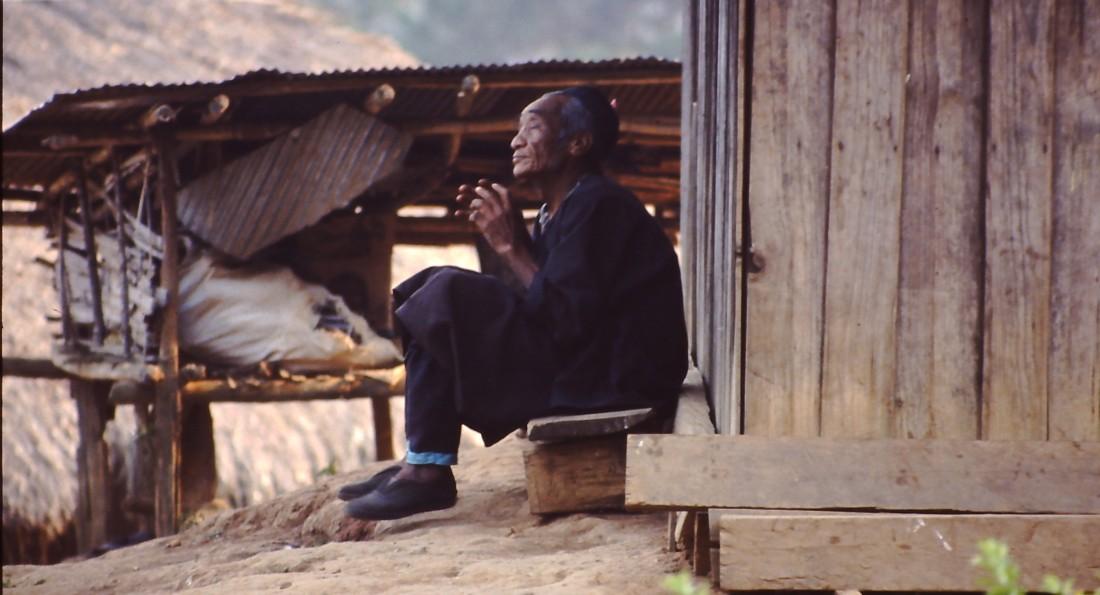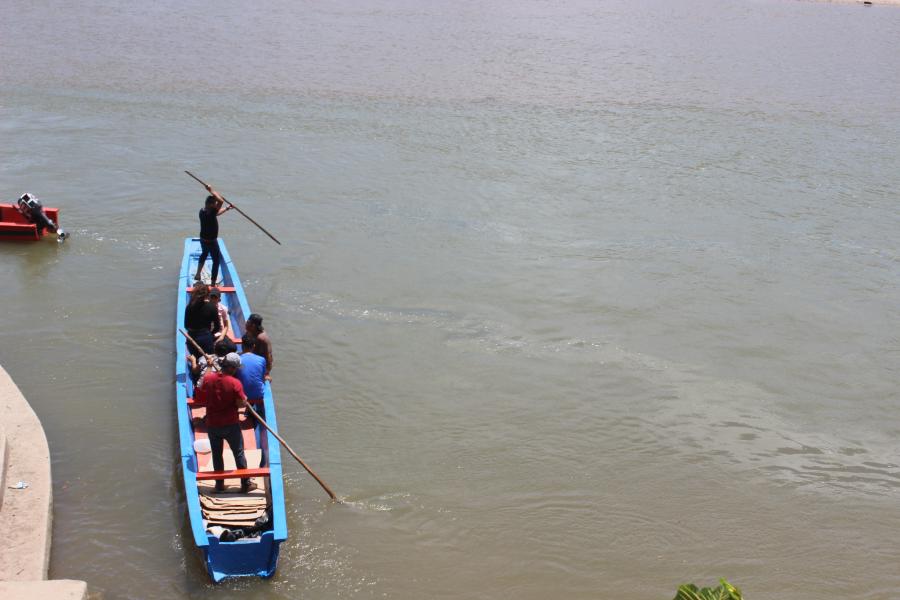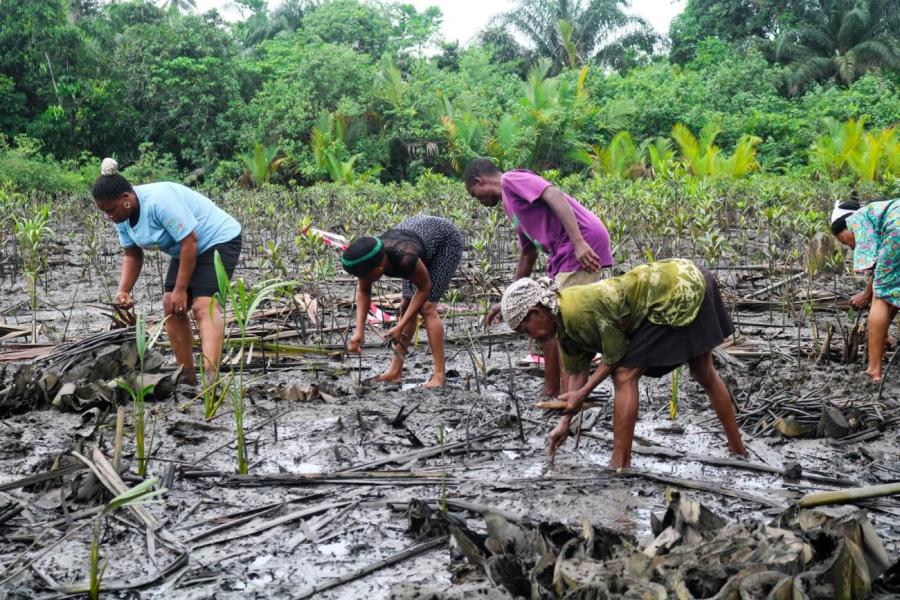
Spirituality plays an important role in shaping the values, structure, and cohesion of communities across the globe. We most often think of this in a monotheistic religious way – for example, a community church creates a network of people who share similar beliefs, encouraging them to worship together as well as share meals, announcements, and responsibilities. Spirituality plays an equally important role in Indigenous communities; unfortunately, their unique spirituality is often misunderstood by outsiders and may even contribute to their cultural persecution.
Indigenous religions, if grouped collectively, would make up the world’s sixth largest religion, and they are by far the oldest religious traditions on earth. In Asia, religious traditions are particularly complex. Home to major world religions such as Hinduism and Buddhism as well as a significant number of practicing Christians, Muslims, and self-identified atheists and agnostics, Asia creates an intense tapestry of religious and spiritual traditions. Against this backdrop, Indigenous religions are often overlooked, discriminated against, or interwoven and overlapped with larger traditions.
As Santa Clara University’s Markulla Center for Applied Ethics states, “Indigenous religions are alive and well, not only in their pure form but in many creative cultural combinations with world religions.” However, because “specific lands and specific languages are so closely related to the peoples’ way of life, globalization constitutes a greater threat to this type of religion than to any other.” As Indigenous communities face political marginalization, discrimination, lack of land rights, eviction, and more, their spiritual and religious traditions often become weakened. A declaration from the World Council of Churches’ Asia-Pacific Indigenous Peoples’ Hearing on Poverty, Wealth, and Ecology explains the historic degradation of Indigenous religions in Asia, saying that “the introduction of Christianity as a dominant religion impacted indigenous faith systems, values, traditions, and cultures. Similarly, the education system introduced by missionaries, and thereafter by states, destroyed traditional indigenous languages and excluded indigenous history in textbooks, thereby undermining indigenous knowledge as well as the role of indigenous women in transferring traditional wisdom and communitarian values.”
Wati Longchair, speaker at the Asia-Pacific Alliance of YMCAs and Interfaith Cooperation Forum, elaborates, saying that “first, missionaries brought the Bible to us as the revealed authoritative word of God to our people and they condemned our living traditions and cultures as devilish, our religion and culture as inferior, “heathens,” a religion without any system of thought, devoid of morality and spirituality.” In Asia, Indigenous religions are especially threatened because of a “blanket of denial by the power structure of the existence of first peoples.” Cultural Survival points out that across Asia Indigenous Peoples are more commonly referred to as “national minorities” (China), “isolated alien peoples” (Indonesia), “hill tribes” (Thailand)or “natives” (Borneo). In the Philippines, until recently the term “Indigenous Peoples” referred specifically to “non-Christian tribes.” These terms ignore the distinct characteristics and historic struggles of Indigenous groups across Asia such as the Ainu of Japan, Orang Asli of Malaysia, the Lembata and Toraja of Indonesia, Kachin and Kayans of Burma, the Mon-Khmer of Southeast Asia, and the Tai of China.
Indigenous religions are inextricably tied to the land, making eviction and loss of territory even more devastating. As the above-mentioned declaration states, “For us, the land and oceans are sacred. Yet, we are being driven out of our lands and oceans in the name of development that does not benefit us, but, rather, causes the destruction of cultures, identities, and life support systems.” As Longchair explains, “According to the Indigenous Peoples’ concept, it is the land that creates time and history… When the land and surrounding environment are destroyed, the people experience a vacuum; the rhythm of life is seriously jeopardized. The whole universe is perceived as a religious universe. Rocks and boulders, trees and rivers are not just empty objects, but religious objects; the voices and songs of animals speak of a religious language; the eclipse of the sun and of the moon are not simply a silent phenomenon of nature, it speaks to the community that observes it.”
Because of the key role that Indigenous spirituality plays in holding together communities, explaining ancient traditions, and celebrating nature and life, First Peoples Worldwide focuses on supporting Indigenous-led programs that include a spiritual component as part of our grant-making initiative. We believe that grassroots projects that embrace and promote traditional spiritual values have a better success rate and are healthier for the community, as opposed to projects based on external, Western belief systems. For more information on FPW grants, please visit www.firstpeoples.org/grants, and for more on religion in Asian Indigenous Peoples, be sure to check out the American Islamic Congress’s panel on June 28, “Cultural and Religious Persecution in Asia and the Impact on Indigenous Communities,” featuring FPW’s own Neva Morrison.
This article was reposted with permission from First Peoples Worldwide.
This article was reposted with permission from First Peoples Worldwide.



